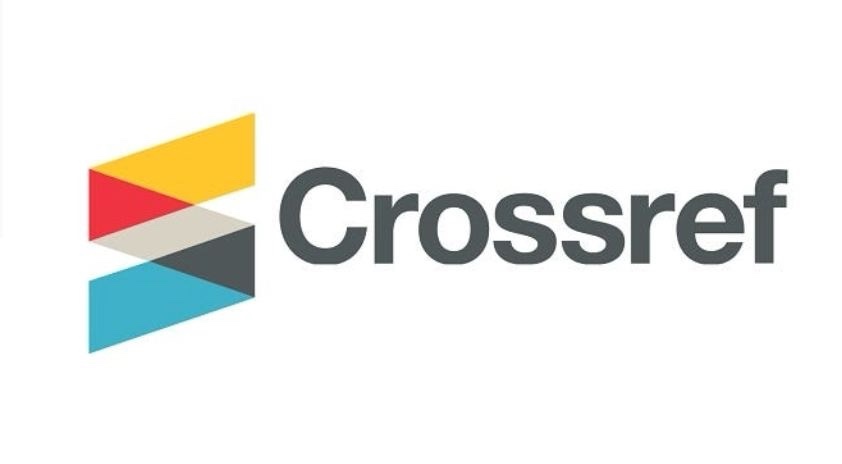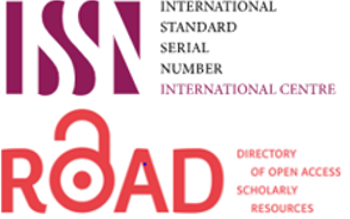Effectiveness of a dietary education program upon hypertensive clients' information
DOI:
https://doi.org/10.58897/injns.v24i2.103Keywords:
Dietary Educational Program, Hypertensive ClientsAbstract
Objective: To determine the effectiveness of a dietary educational program upon the hypertensive client’s
information.
Methodology: The sample of the study consists of (60) hypertensive clients who attended Al Anbar Health Office –Al
Andalus Health Center during the period of the study from the14th of March 2010 to the 30th of September 2010. The
sample is divided into two groups; study group (30) hypertensive clients who received dietary educational program
and control group (30) hypertensive clients who received a routine care from the center. Three major instruments
were used; these instruments included (1) knowledge test which was applied on both groups pretest and eight weeks
post-test (2) questions to know what they eat in the last 24 hours in the main meals and in between meals (snacks)
which were applied on both groups pretest and eight weeks post-test (3) Body Mass Index measurement was applied
on both groups pre-test and eight weeks post-test.
Results: The results show that there is highly significant difference concerns the decrease of BMI in post- test for
hypertensive clients in the study group than the control group marked improvement in dietary status of the study
group compared to the control group. The results of our study also show that there is a significant difference between
study group and control group in post-test regarding the adequate grain vegetable fruit. Meat, poultry, and fish (MPF)
and Nuts, seeds, and legumes (NSL) intake daily.
Recommendations: The study recommends that all hypertensive clients should be involved in the application of
nutritional educational programme which was developed in this study.















